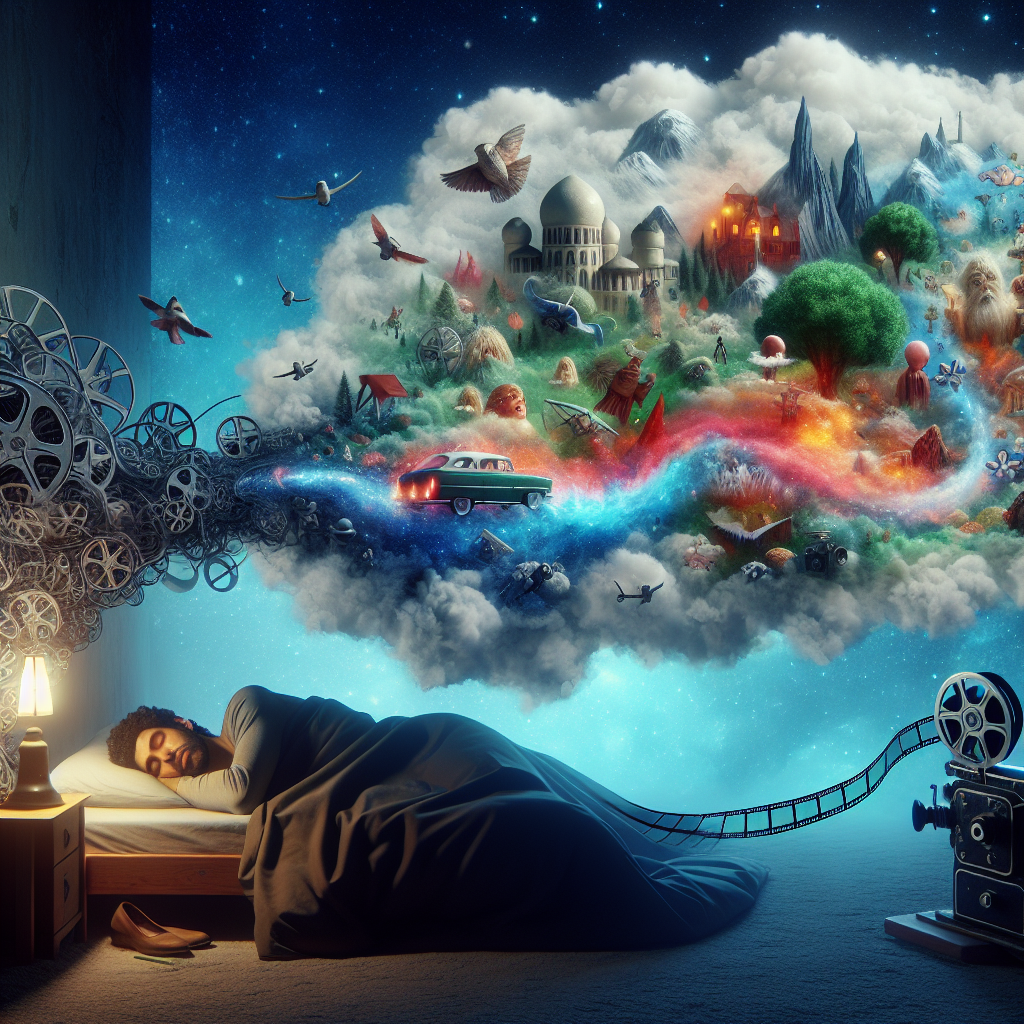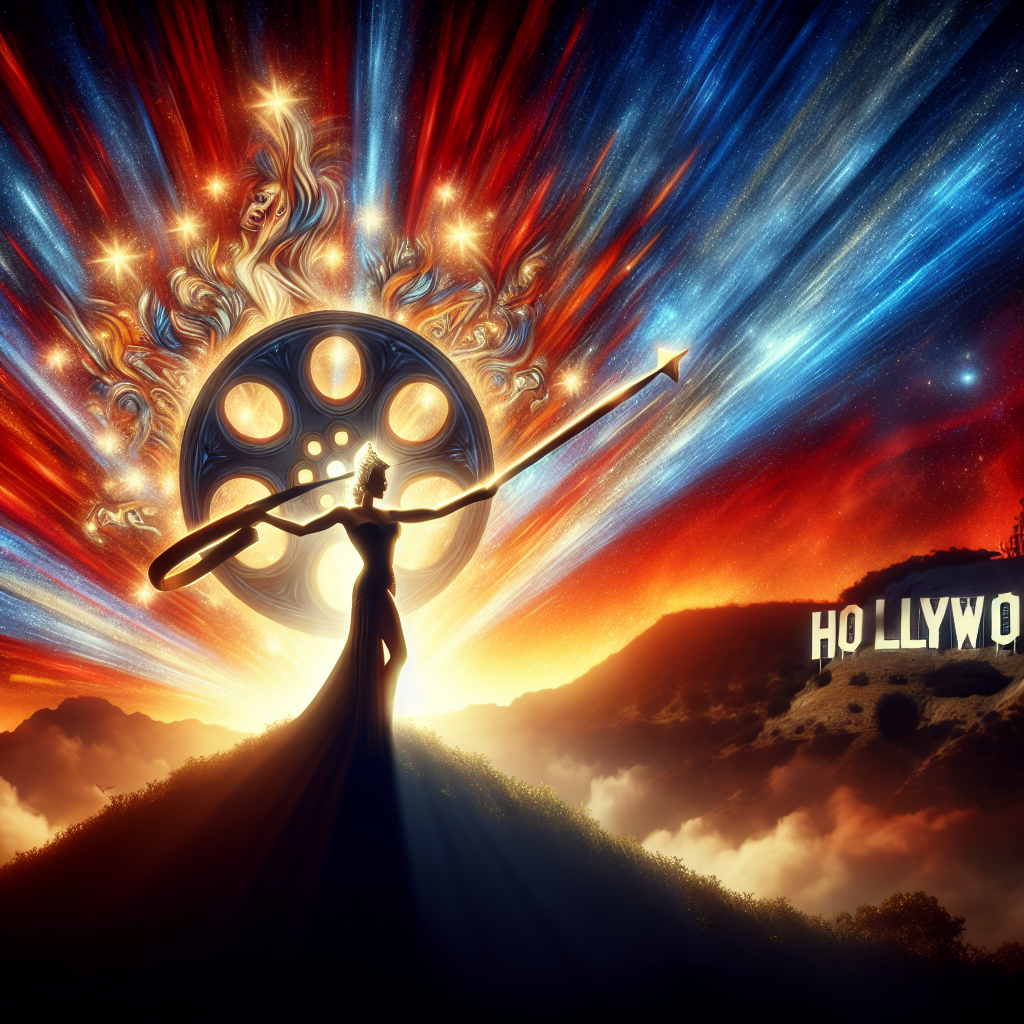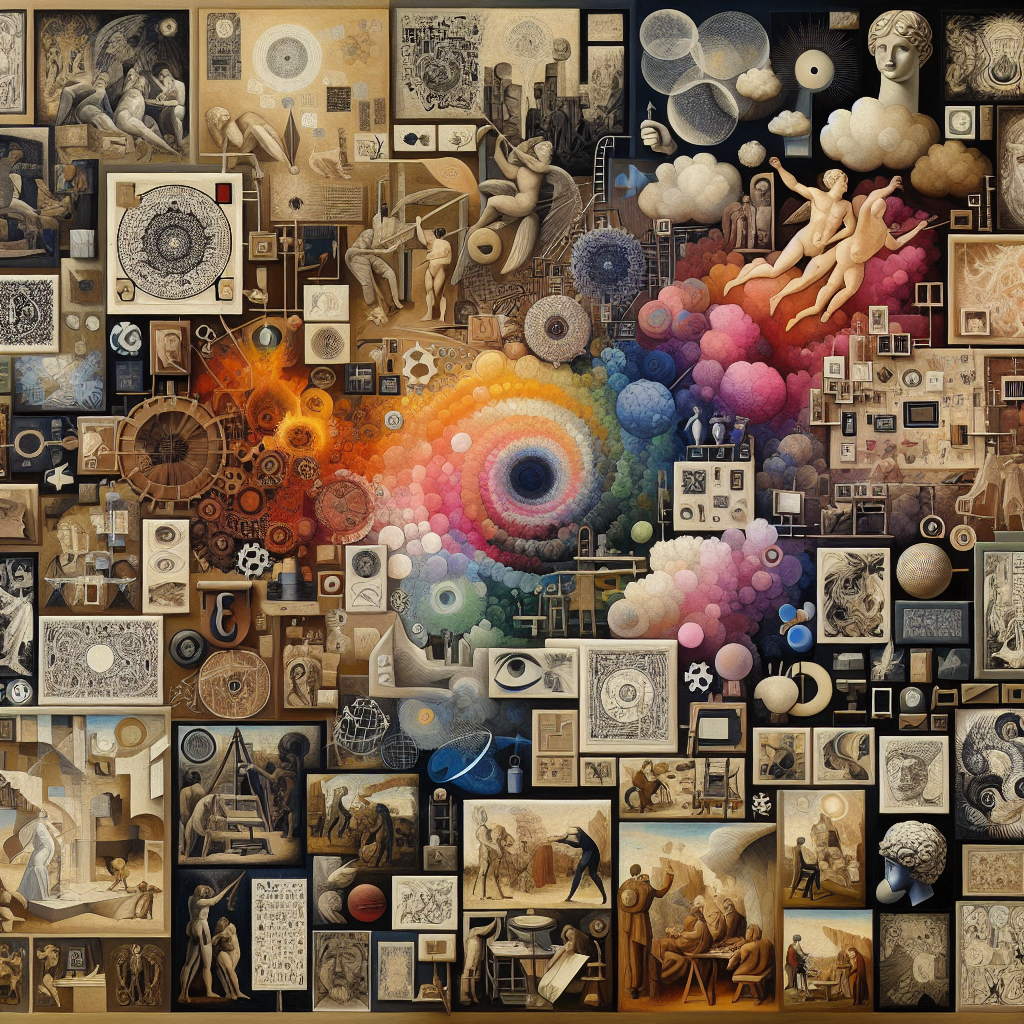Art has always been more than just decoration. It’s a mirror of imagination, a projection of possibility, and sometimes—uncannily—a glimpse into the future. Long before futurists, data scientists, or Silicon Valley inventors tried to predict what lay ahead, painters, writers, and filmmakers were already sketching visions that, decades later, became reality. Some of these predictions were rooted in intuition, others in the cultural undercurrents of their time. Yet, in every case, they show how art doesn’t just reflect the world—it often foresees it.
Take Jules Verne, for instance. Writing in the 19th century, Verne envisioned submarines, space travel, and even video calls in his novels Twenty Thousand Leagues Under the Sea and From the Earth to the Moon. The submarine Nautilus he described was so detailed that engineers later credited Verne as an influence on modern submarine design. Even more astonishing is his description of astronauts being launched from Florida in a capsule and landing in the ocean—over a century before NASA’s Apollo missions made that exact scenario real.
Similarly, in 1909, E.M. Forster’s short story The Machine Stops predicted something eerily similar to our digital age. His world was one where people lived isolated in small rooms, communicating through screens, relying entirely on a global “Machine” to meet their needs. It was written before television, before the internet—yet it reads like a prophecy about Zoom calls and social media addiction. Forster, known more for his human dramas, somehow saw the loneliness that could come from too much connection.
Visual artists, too, have demonstrated eerie foresight. In 1929, the surrealist painter René Magritte created The False Mirror, depicting a human eye with a sky reflected in its iris. The painting’s resemblance to a modern camera lens has led many to call it a visual prediction of surveillance culture and our obsession with seeing and being seen. Similarly, Edward Hopper’s paintings of solitary figures illuminated by artificial light—especially his famous Nighthawks—captured the alienation of city life decades before neon-lit diners became symbols of urban isolation.
Then came the filmmakers. In 1927, Fritz Lang’s Metropolis imagined a futuristic city where workers served machines and the wealthy lived in towers above them. Its towering skyscrapers and digital billboards eerily prefigure modern megacities like Tokyo or New York. Stanley Kubrick’s 2001: A Space Odyssey (1968) introduced tablet-like devices, AI assistants, and video conferencing—years before any of these technologies existed. The fictional HAL 9000, an intelligent machine capable of speech and decision-making, foreshadowed the moral questions we now face with artificial intelligence.
But not all predictions were technological. Some artists anticipated the mood of the future rather than its machinery. George Orwell’s 1984 is less about gadgets and more about the psychology of control—mass surveillance, propaganda, and the manipulation of truth. Written in 1949, it predicted “fake news,” data collection, and the numbing language of bureaucracy. Likewise, the pop art of Andy Warhol, with his endless repetitions of celebrity faces, foresaw the influencer era: a culture where fame and self-image became commodities traded in endless loops.
Even music has had its prophets. In the 1970s, David Bowie’s Diamond Dogs album painted a dystopian, post-apocalyptic future that feels uncomfortably familiar in today’s world of urban decay and media overload. His alter ego Ziggy Stardust—the alien rock star—anticipated the rise of digital personas and identity fluidity that define 21st-century online culture.
What unites these visionary artists is not that they had crystal balls, but that they listened deeply to their time. They sensed where human desires, fears, and inventions were heading long before the rest of the world could articulate it. Their art distilled complex social forces into images and stories that—decades later—would become startlingly real.
Perhaps that’s the quiet power of art: to make the invisible currents of the present visible enough that, in hindsight, they look like prophecy. Whether it’s Verne’s spaceships, Forster’s internet, or Kubrick’s AI, these creations remind us that the boundary between imagination and invention is thinner than we think. Every great work of art, in some sense, is a map of the future—drawn in the ink of human curiosity.



